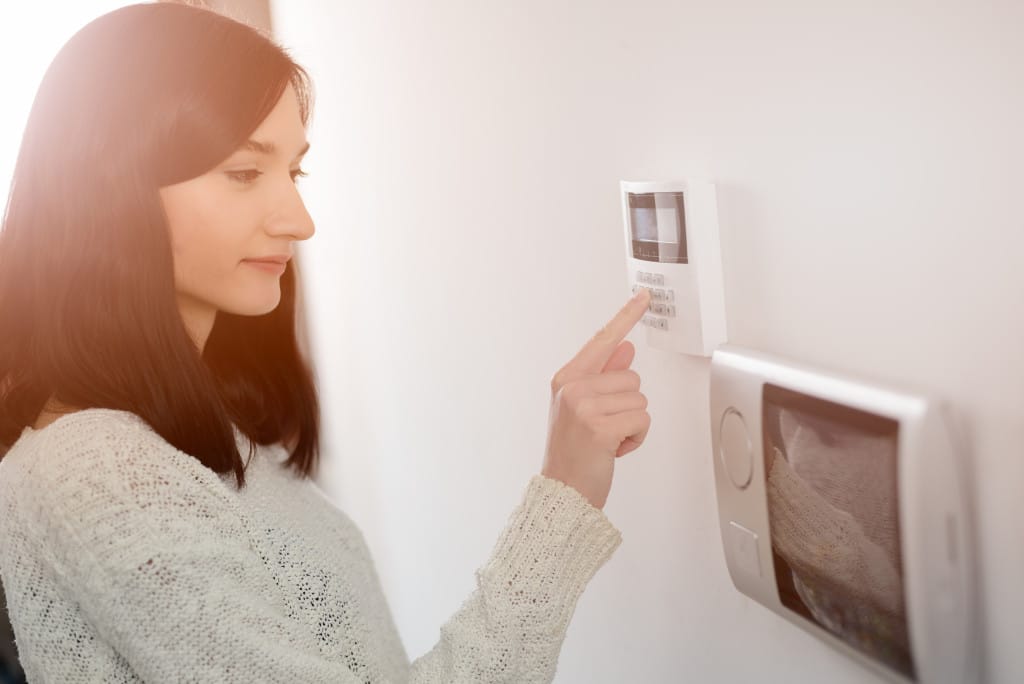Ask any woman who’s ever gotten pregnant, and they’ll pretty much say the same thing: It changes your body, and even your mind, forever. The most inconvenient part is the random pains and discomforts, ranging from back, joint, and hip pain to hormonal changes which greatly affect your moods.
While pregnancy brings about plenty of changes, inconveniences, and discomforts, there’s no denying that all of it is worth it, especially when our little bundle of joy comes. In the meantime, all we can do is find safe and healthy ways to relieve our pain. Here are some tips for safely relieving different types of pain or discomfort during pregnancy.
Invest in the proper gear.
Once you know for sure you’re pregnant, don’t use heels for now since they can mess with your balance and might cause you to fall over. Low-heeled shoes with strong arch support are also ideal. You can also look into a maternity support belt. While more research needs to be done on its effectiveness, many women have reported finding it helpful.
Be careful when you lift.
When you lift or pick certain things off the ground, make sure to take every safety precaution possible. Avoid bending at your waist or lifting with your back. When it comes to doing anything physically strenuous, it’s important to know your limits. Just ask your partner or anyone you trust for help.
Incorporate pregnancy-safe exercises into your daily routine.
There are plenty of health benefits to exercising while pregnant: It can lower your risk for a Cesarean birth and can help manage gestational diabetes. There’s also some evidence that it can help relieve back pain while you’re pregnant. As long as your doctor says it’s OK, you can do gentle exercises such as walking and simple stretches.
Consider other therapies.
Chiropractic care and treatment is known for providing pain relief, and chiropractors are also trained to provide specific care to pregnant women. The best part is that chiropractors’ approach to eliminating pain is always founded on overall wellness and whole-body health. With your primary care provider’s recommendation, be sure to visit a reputable chiropractor, especially if your back, hip, and joint pains and aches are not going away.
Find the best sleeping position for you.
Many women find that sleeping on their side and not on their back is an effective way to prevent back pain throughout the day. While lying on your side, keep at least one knee bent. There are also support or pregnancy pillows on the market that can help you feel more comfortable when laying down or sleeping.
Practice good posture.
One of the reasons why our lower backs get strained is because as the baby grows, our bodies’ center of gravity moves forward. When our lower back strains, our upper body usually compensates by leaning back. Pregnancy is the perfect time to be more aware of our posture. Here are some tips to keep proper posture in mind:
- Stand against the wall and make sure your shoulders and butt are level. It can also help you stand up tall and straight.
- Keep your chest held high.
- Relax as you keep your shoulders back. Don’t strain when you try to stand up straight.
- Avoid locking your knees.
Having good posture is not just for standing; it’s when you’re sitting, too. If your work requires you to sit for long periods, make sure your chair has good back support. If not, you can place a small pillow in the small of your back while you’re sitting. If you have to stand for a long time during the day, make sure you take frequent breaks.

Explore cooling or heating pads.
While more research needs to be done on their effectiveness, some people swear by cooling and heating pads’ ability to eliminate pain. At the end of the day, it’s all about what works for you, regardless of what research says. As long as it’s not harmful, unhealthy, or based on pseudo-science, and if you have your physician’s go signal, then there’s no reason why you shouldn’t try it.
A heating pad is safe for you to use while pregnant, but make sure not to use it for more than 20 minutes. Be careful not to fall asleep while using it and always do so with the lowest setting.
At the end of the day, however, your best and safest course of action is consulting with your primary care provider. It may be tempting to reach for any kind of pain relief when you’re aching all over, but safety comes first, and your doctor will be able to provide you with relief that’s effective and safe for both you and your baby.




